Building Your Program With Supplemental and Accessory ExerciseS (Week 1 of An 11 Week Series)4/27/2017 In terms of programming, one of the main components of building an ideal program comes from a sound and consistent template. Over the next 11 weeks I will be breaking down two tremendously important aspects of a training program, which are supplemental and accessory lifts. Basically, there are five fundamental movement patterns that are almost always involved in our training.
They are as follows:
Each of these movements can be improved upon via supplemental and accessory lifts. Essentially, supplemental lifts are of the same type of pattern as the primary movement pattern and help build that movement pattern directly. Think of it in the sense of a training family tree. The fundamental movement patterns are the ancestors of the family. Each movement pattern then branches off into supplemental exercises, and from those supplemental exercises come a multitude of accessory exercises. Accessories are more specific and target particular muscle groups to strengthen the supplemental and then back up to the fundamental movements. Breaking Down an Effective Training Program Now that I have shed some light on supplemental and accessory exercises, I would like to briefly detail a skeleton or template of these exercises and how they should be utilized for performance benefits. You will see that this is a fairly simple concept and it can be used and repeated for all of the fundamental movement patterns. In addition, having a template allows us to collect a database of exercises for each category and as a result we can keep our training fresh by utilizing different variations for similar effects. The template breaks down as follows:
What To Expect Moving Forward Over the next ten weeks I will write separate articles for my favorite supplemental exercises for each of the fundamental movement patterns. Once I am through with that, I will do the same with accessories. That is a total of 10 articles, two pertaining to each movement pattern. At the conclusion of this comprehensive breakdown you will be able to use this template I provided and utilize my favorite exercises.
0 Comments
I am here for one reason and one reason only. This article has been inspired by the countless time my athletes have asked me if we are “going to do ladders.” This would usually be followed up by a fifteen minute rant where I would rattle off multiple reasons why ladders are the worst thing you can do for speed training. Essentially, mentioning ladders in the same breath as speed training and agility is the biggest crime in athletic performance training today. It is an epidemic. Go on social media and you’ll see a pro athlete posting a video of their lightening “quick feet,” and their coach proclaiming how much faster they have gotten. Do yourself a favor and read this and pass it on. It will explain why I do not have ladders in my gym and might add a few more years onto my life, as I will be less likely to have an aneurism from people asking me why I do not like speed ladders!
Sports Are Not Linear We can start here right off the bat. Sports are not pre-determined. Meaning, an outfielder in baseball is never going to take the exact same route to a ball as they did the play before, and a football running back is never going to maneuver in the exact same manner to evade a defender. The list can go on and on, but you get the point. This is where my first problem occurs. Ladder and pre-determined cone drills aimed to improve agility are formulaic and repetitive. If anything, an athlete is simply becoming more proficient in a practiced and rehearsed pattern than they are becoming more agile. Agility is the ability to react visually and cognitively to stimuli and adjust as quickly as possible. A running back sees a linebacker cut across the field to tackle him and he cuts back (agility), a shortstop processes that a ball has been hit to his left and there is a runner on third so he must act in a certain manner (cognitive reaction and agility). Again, the list could go on and on. In what way does a rehearsed ladder or cone pattern do anything to prepare an athlete for visual, audible or cognitive reactions? Hint, they do not! Small Choppy Steps Are Detrimental To Linear Speed My next point is fairly cut and dry as well. I see numerous coaches with a video of an athlete performing a “speed” ladder routine and proclaiming they are working on increasing their speed. Let us take a quick second here and explain some fundamental running principles. We are faster (this may be a reality check to some of you), when we take longer and less strides to get from point A to point B. If you don’t believe me here is some hard data. Aside from the fact that I have a particular athlete (who cut off .2 seconds from his 60 yard dash time in four months), who’s direct speed increases coincided with reducing his strides to cover the first 10-yards of his sprint (from 7 strides to just over 5.5), I will share some cold hard facts from the best sprinter this world has ever seen. That’s right, Usain freakin’ Bolt. Remember in the 2012 Olympics when he was absolutely obliterating the competition and shattering records with his shoes untied? You do? Great. Guess what? THE MAN RAN 4.5 LESS STRIDES THAN EVERY OTHER COMPETITOR. So, while you have your small hurdles and ladders and can brag about how “lightening fast,” you or your athletes feet are, you are not improving linear speed! What Is Agility and How Do We Actually Improve It? As I mentioned earlier, one half of the equation in terms of agility is being adept and well equipped to react to visual and cognitive stimuli. The other half of the equation is eccentric strength (ability to slow down and stop), and starting strength (think coming out of the hole in a squat). Consider this. That same running back we discussed hits the hole hard to the left, and then has to juke right to evade a linebacker. The stronger he is eccentrically the faster he can slow down and stop, and then redirect (starting strength) into the other direction. That is agility! Ladders and coaching “quick feet,” through these ladders accomplishes nothing. Cone drills only cover half of this equation. They practice and improve “starting and stopping” ability but do nothing to account for the non-linear nature of sports. How To Improve Agility:
Acceptable Uses For Ladder Training There are some acceptable uses for ladders. I sometimes will make use of them for a warm-up or even use them for conditioning. The bottom line is that they do not improve linear speed nor do they work on agility. If you want to argue that they can work on footwork for certain sports (for example a wide receiver in football) where certain quick and choppy steps are rehearsed, then fine. However, I tend to leave those things to the actual coaches and stick to improving aspects of sports performance that coincide with strength training. There is an ongoing debate in the world of strength training regarding static stretching and when and how it should be implemented into programming. I am going to keep this short and sweet, but at the same time I would like to dispel any fear athletes and gym goers have about static stretching in their warm-ups. Here are two common warnings about the negative “side-effects,” of static stretches and their adverse impact on performance:
Here is the thing though, these two notions are absolutely true and I do not disagree with them whatsoever! Now I know you may be reading this and you are probably thinking to yourself “Why on Earth is this guy agreeing with these things when he already stated the purpose of the article is to rid me of fear of static stretching?” You know what, you are right? I agree with these facts, but I strongly disagree with the fact that you cannot static stretch before you train, and here is the reason why! Basically, what these trainers are failing to shed light on is the fact that static stretching is only advised against pre-training if it is not appropriately utilized! Let me explain. Why They Are Ok Please go back and check out my recent article on how to conduct a proper warm-up (http://www.challengerstrength.com/blog/how-to-properly-warm-up-athletes-meatheads-and-everyone-in-between). If you notice, I have a strategic warm-up scheme (in order of when each should be executed I might add), and at the top of the list is foam rolling (also known as SMR or self-myofascial release) and static stretching. Now, why would I do this if I were going to sit here and claim to be an educated and knowledgeable trainer and coach? If everyone out there claims they are bad for you then they must be. Wrong! As long as you follow specific guidelines following static stretching you will be perfectly fine, and actually benefit from the static stretching. Simply put, if static stretches are followed up with activation exercises, movement pattern rehearsal and central nervous system activation (I have also written another article on my three favorite CNS activating exercises) (http://www.challengerstrength.com/blog/three-favorite-nervous-system-activating-exercises), they are fine! You will not have to worry about lowering the responsiveness of your central nervous system and relaxing your muscles if you work towards igniting them anyway! Also, you can work out any problem areas you may have, improve your short-term range of motion and promote much more effective movement with your compound lifts When They Are Ok Obviously I just spend a paragraph explaining that they are ok before a training session, but I will also clarify that they are equally (or even more important) post-training. Static stretching post training is a great way to down regulate the nervous system. Basically, we can use SMR, stretching and breathing drills in order to cue our body into a mode of recovery. Not only that, but longer holds in the 20-30 second range have shown to promote long-term improvements in ranges of motion. How To Static Stretch As a general rule of thumb, I keep pre-training static stretching as limited to 4-5 “problem areas,” an athlete or client may have. If they are tight in the hips or lower body, they will have 4-5 go-to stretches they will utilize before we begin our actual warm-up. In terms of post-training stretching, I am a firm believer that a full body (1-2 different stretches per area) routine can have a multitude of benefits for whatever your goals may be. |
AuthorSGerry DeFilippo: ISSA CPT- CPPS, AAPS. Founder/Owner: Challenger Strength. Archives
October 2020
Categories
All
|
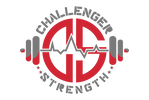
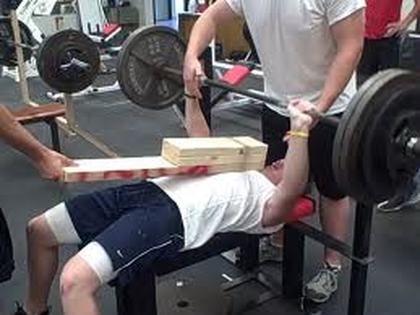
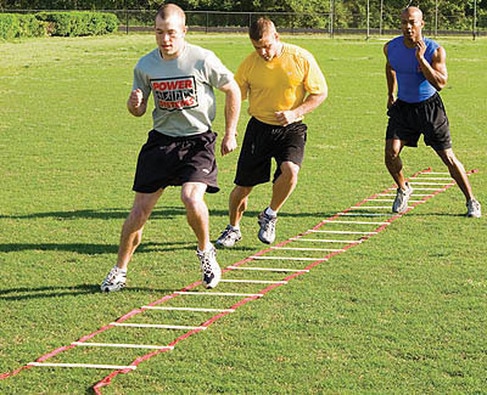
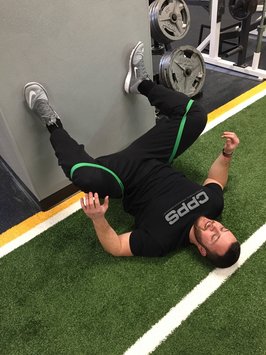
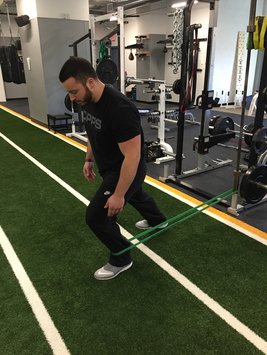
 RSS Feed
RSS Feed